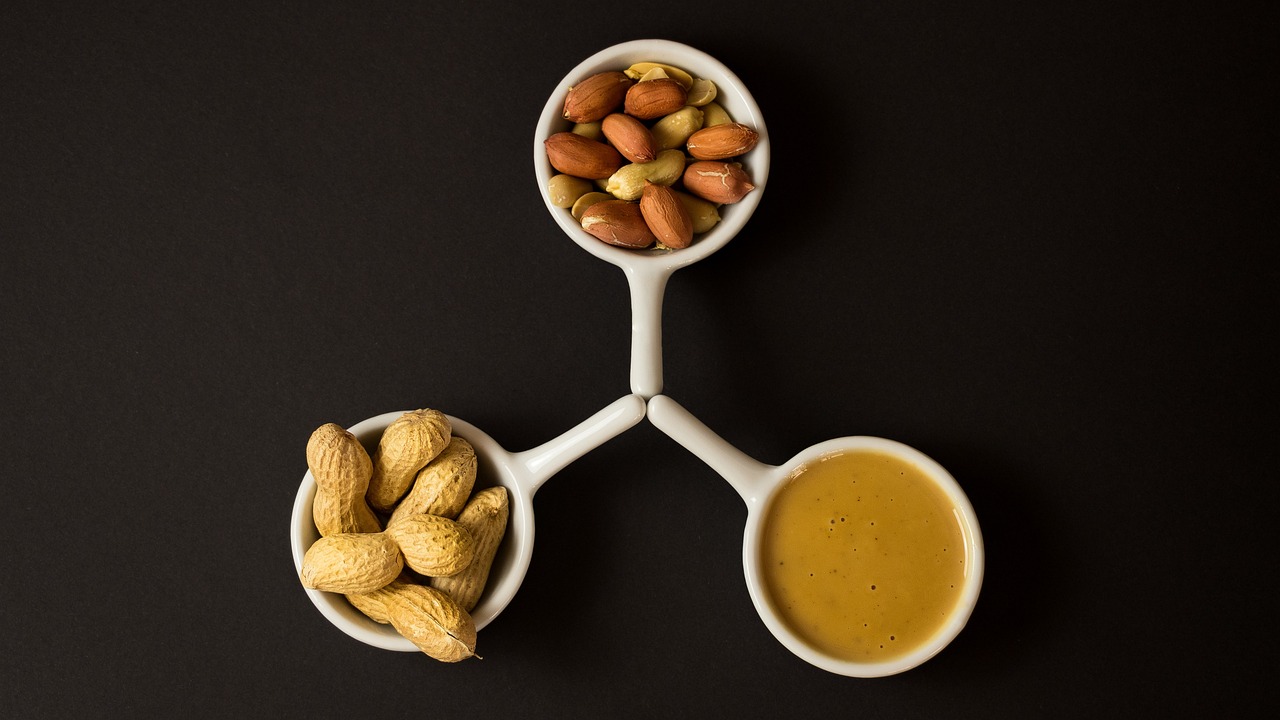简单食品加工
Title: Exploring the World of Homemade Food Processing
In recent years, the trend of homemade food processing has gained significant popularity as more and more people take an interest in creating their own delicious and healthy culinary delights. Whether it's baking bread, making homemade pasta, or fermenting vegetables, the art of food processing at home offers a variety of benefits. Let's delve into the world of homemade food processing and explore the various methods, tips, and safety measures associated with it.
1. Benefits of Homemade Food Processing:

Control Over Ingredients: One of the primary advantages of processing food at home is the ability to control the quality and source of ingredients. This allows for the creation of healthier and more natural food products, free from additives and preservatives.
Customization: Homemade food processing provides the flexibility to customize recipes according to individual preferences and dietary restrictions, ensuring that the final product meets specific taste and nutritional requirements.
CostEffective: In many cases, processing food at home can be more costeffective than purchasing prepackaged items from stores, especially when considering bulk purchases and longterm savings.
2. Methods of Homemade Food Processing:
Baking and Cooking: From baking bread and pastry to cooking homemade meals from scratch, the process of transforming raw ingredients into finished dishes is a fundamental aspect of homemade food processing.
Canning and Preserving: Canning fruits and vegetables, as well as preserving jams, pickles, and sauces, are popular methods of extending the shelf life of seasonal produce and enjoying them throughout the year.
Fermentation: The process of fermentation is utilized in creating a wide range of homemade products such as yogurt, kefir, sauerkraut, and kimchi, resulting in flavorful and probioticrich foods.
Cheese Making: For those with an interest in dairy products, cheese making at home allows for the creation of various types of cheeses, each with its unique flavor profile and texture.
3. Safety Measures and Guidelines:
Sanitation: Maintaining a clean and hygienic food processing environment is crucial to prevent contamination and foodborne illnesses. Proper sanitation of equipment, surfaces, and hands is essential.
Temperature Control: Adhering to recommended cooking, cooling, and storage temperatures is important to inhibit the growth of harmful bacteria and ensure food safety.
Preservation Techniques: When canning and preserving food, following tested recipes, and utilizing proper canning techniques is necessary to prevent the growth of bacteria such as Clostridium botulinum, which can lead to botulism.
4. Tips for Successful Homemade Food Processing:
Research and Education: Before embarking on any food processing endeavor, it is essential to thoroughly research and educate oneself about the specific techniques, ingredients, and safety considerations involved.
Equipment and Tools: Invest in highquality equipment and tools that are suitable for the desired food processing activities, such as a food processor, canning supplies, fermentation crocks, and cheesemaking kits.
Experimentation and Creativity: Embrace the opportunity to experiment with different recipes, flavors, and techniques, allowing for creativity and innovation in the homemade food processing journey.
In conclusion, homemade food processing offers a rewarding and fulfilling experience, enabling individuals to exercise creativity, customize their meals, and savor the flavors of freshly processed foods. By understanding the methods, safety measures, and tips associated with this practice, enthusiasts can confidently embark on their culinary adventures, enjoying the fruits of their labor while promoting a healthier and more sustainable approach to food consumption.
Happy processing!











